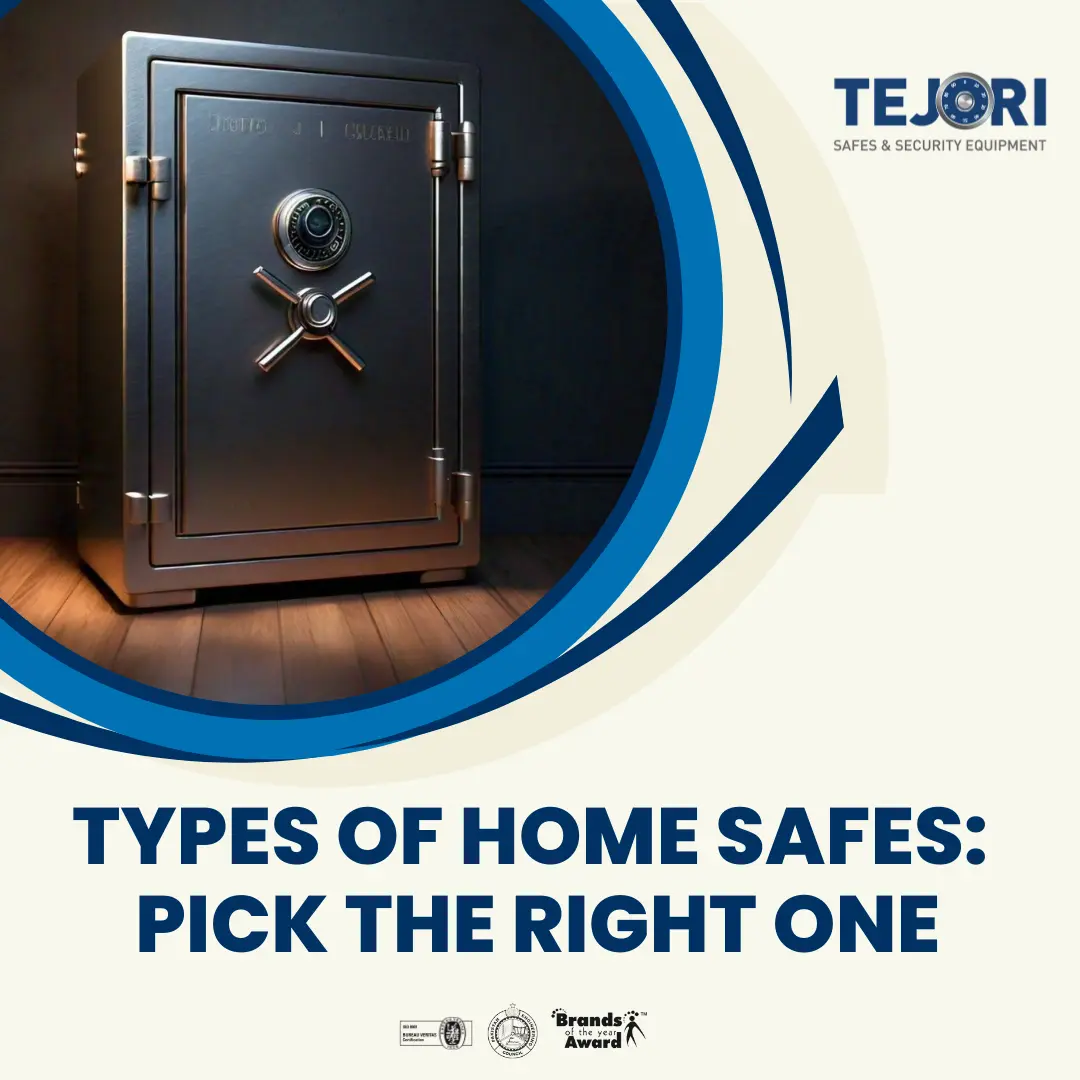When it comes to protecting your valuables, a home safe is a wise investment. With the increasing rates of burglaries and natural disasters, safeguarding your important documents, jewelry, cash, and other priceless items is essential. However, selecting the right home safe can be daunting due to the myriad of options available.
This comprehensive guide aims to help you navigate the various types of home safes, understand their features, and make an informed decision that aligns with your needs.
Understanding Home Safes: An Overview
Before diving into the different types of home safes, it’s crucial to understand what a home safe is and why you need one. A home safe is a secure lockable box used for storing valuables to protect them from theft, fire, flood, or other potential hazards. Home safes come in various sizes, shapes, and levels of security, each designed to meet specific needs.
Types of Home Safes
A. Fireproof Safes

Fireproof safes are designed to protect your valuables from extreme heat and fire damage. These safes are typically constructed from materials that can withstand high temperatures for a specified period. They are ideal for storing important documents, digital media, and other items that could be destroyed by fire.
Fire Resistance Rating indicates how long the safe can withstand fire and at what temperature. Common ratings include 30 minutes, 1 hour, and 2 hours. Fireproof safes are usually made from steel with an insulating layer that expands during a fire to protect the contents. Fireproof safes often have special seals that expand when exposed to heat, providing additional protection against smoke and water.
B. Fire and Burglar Safes

These safes offer dual protection, combining the features of both fireproof and burglar safes. They are ideal for homeowners who want comprehensive security for their valuables.
Burglar safes are designed to protect your valuables from theft. These safes are built with strong, durable materials and often include advanced locking mechanisms to deter unauthorized access.
C. Wall Safes

Wall safes are designed to be installed into the wall, making them discreet and difficult for burglars to remove. They are ideal for storing small valuables like jewelry, cash, and important documents.
D. Floor Safes

Floor safes are installed into the floor, providing a high level of security and concealment. These safes are ideal for storing large amounts of cash, documents, and other high-value items.
E. Gun Safes

Gun safes are specifically designed to store firearms securely, protecting them from theft, unauthorized access, and damage. These safes are essential for responsible gun ownership and compliance with legal requirements.
F. Jewelry Safes
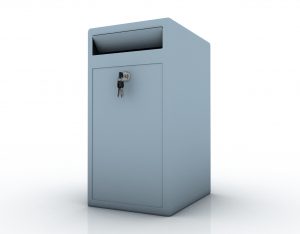
Jewelry safes are designed specifically for storing jewelry and other small valuables. These safes offer a high level of security and often include interior organization features to protect and display your items.
G. Document Safes
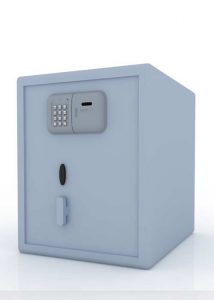
Document safes are designed to protect important documents such as passports, birth certificates, deeds, and wills from fire, water, and theft. These safes are typically fireproof and waterproof, ensuring that your documents remain intact in case of an emergency.
Key Features of The Home Safes
- Protects documents from fire and water damage.
- Includes combination locks, electronic locks, or key locks.
- Available in various sizes to accommodate different types of documents.
- Protects important documents from fire, water, and theft.
- Often portable and easy to store.
- Provides secure storage for jewelry.
- Interior Organization often includes drawers, compartments, and padding to organize and protect jewelry.
- Often includes fire resistance.
- Made from strong materials to protect against theft and damage.
- Highly secure and concealed.
- Large storage capacity.
- Difficult for burglars to remove.
Factors to Consider When Choosing a Home Safe
A. Security Needs:
Determine what you need to protect and the level of security required. For instance, if you’re primarily concerned about fire damage, a fireproof safe is essential. If theft is a significant concern, a burglar safe or a fire and burglar safe would be more appropriate.
B. Size and Capacity:
Consider the size and capacity of the safe based on the items you need to store. Make sure the safe is large enough to accommodate your valuables but also fits within the designated space in your home.
C. Location and Installation:
Choose a safe that can be installed in a secure and discreet location. Wall safes and floor safes offer excellent concealment, while standalone safes can be bolted down to prevent removal.
D. Locking Mechanisms:
Select a locking mechanism that offers the right balance of security and convenience. Electronic locks and biometric scanners provide quick access, while combination locks and key locks offer reliable security.
E. Fire and Water Resistance:
If you need to protect your valuables from fire and water damage, look for safes with high fire and water resistance ratings. Fireproof safes should have a minimum rating of 1 hour, while waterproof safes should be able to withstand submersion.
F. Budget:
Determine your budget and find a safe that offers the best combination of features and security within your price range. Remember that investing in a high-quality safe is worthwhile for protecting your valuable items.
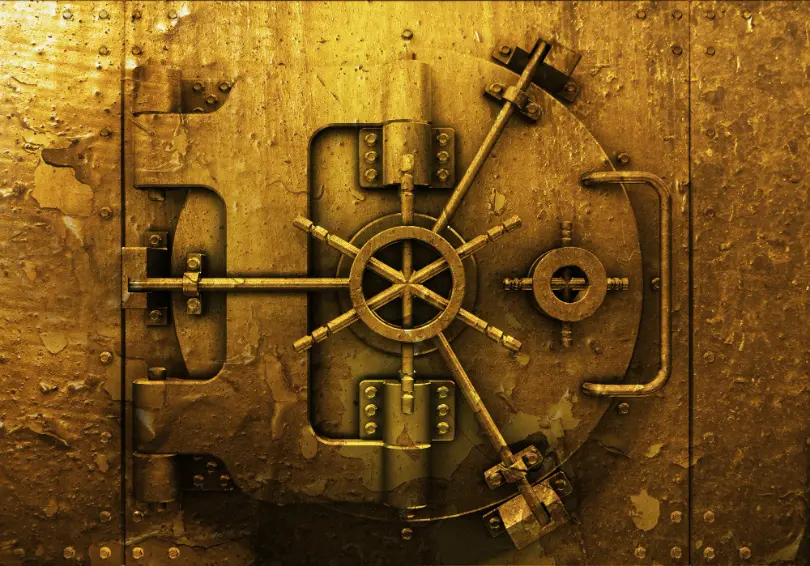
Tips for Using and Maintaining Your Home Safe
A. Regular Maintenance:
Keep your safe in good working condition by performing regular maintenance. Lubricate the locking mechanism as needed and clean the exterior to prevent dust and dirt buildup.
B. Update Your Combination or Password:
Periodically update the combination or password to your safe to enhance security. Ensure that you store this information securely and do not share it with unauthorized individuals.
C. Test the Locking Mechanism:
Regularly test the locking mechanism to ensure it is functioning correctly. This helps prevent lock malfunctions that could potentially leave your safe inaccessible.
D. Store in a Discreet Location:
Even the most secure safe can benefit from being stored in a discreet location. Keep your safe out of sight to reduce the risk of theft.
E. Insure Your Valuables:
Consider insuring the contents of your safe. While a safe offers significant protection, insurance provides an additional layer of security for your valuables.
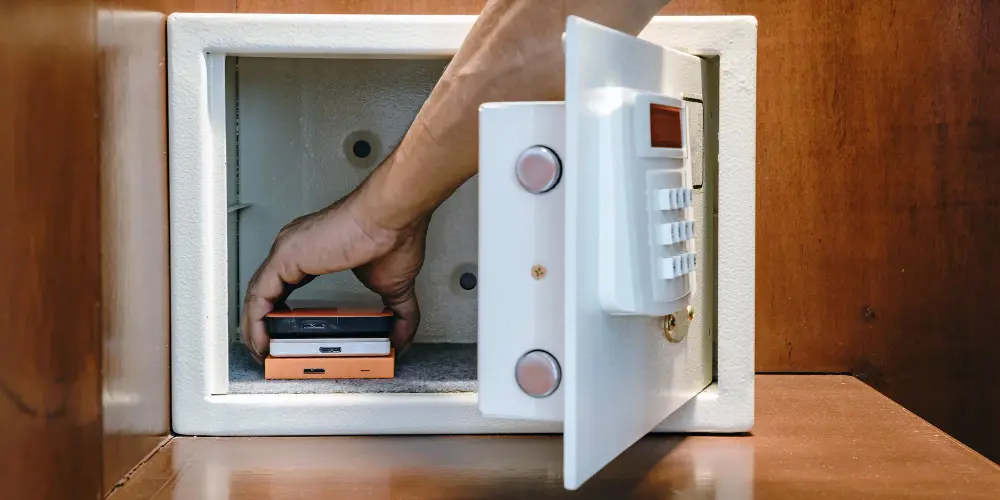
Additional Considerations for Choosing the Right Home Safe
As you narrow down your choices for the perfect home safe, there are several more factors and nuances to consider to ensure that you select the best option for your unique needs. Here, we delve deeper into aspects like certification, installation tips, customization options, and the importance of manufacturer reputation.
A. Certification and Ratings
- UL and ETL Certifications: When selecting a home safe, look for certifications from recognized testing organizations like Underwriters Laboratories (UL) or Intertek (ETL). These certifications ensure that the safe has been rigorously tested for fire resistance, water resistance, and burglary protection. For instance, a UL-rated fireproof safe indicates that it can withstand high temperatures for a specified period, while a UL-rated burglary safe has passed tests for resistance to drilling, prying, and other forced-entry methods.
- TL Ratings: TL ratings, which stand for Tool-Resistant ratings, measure the resistance of a safe to burglary attempts using various tools. A TL-15 rated safe can resist attacks with common tools for at least 15 minutes, while a TL-30 rated safe can withstand such attempts for 30 minutes. Higher TL ratings typically mean greater security but also higher costs.
B. Installation Tips
Proper installation of your home safe is crucial to maximize its security features. Here are some tips to ensure that your safe is installed correctly:
- Bolting Down: Many standalone safes come with pre-drilled holes for bolting them to the floor or wall. Bolting your safe down prevents burglars from easily carrying it away. Make sure to use heavy-duty bolts and follow the manufacturer’s instructions for installation.
- Hiding the Safe: Conceal your safe in a discreet location to reduce the chances of it being discovered during a burglary. Consider hiding your wall safe behind a picture frame or your floor safe under a rug. The less visible your safe is, the less likely it will attract unwanted attention.
- Professional Installation: For larger safes, such as floor or wall safes, consider hiring a professional installer. They can ensure that the safe is securely anchored and correctly installed, providing peace of mind and additional security.
C. Customization Options
Many manufacturers offer customization options for home safes, allowing you to tailor the safe to your specific needs. Here are some popular customization features to consider:
- Interior Layout: Adjustable shelves, drawers, and compartments can help you organize your valuables more efficiently. Customizable interiors are especially useful for jewelry safes and document safes.
- Lighting: Interior lighting can make it easier to see and access the contents of your safe, especially in low-light conditions. Some safes come with built-in LED lighting, while others offer it as an optional add-on.
- Dehumidifiers: For safes stored in humid environments, a dehumidifier can prevent moisture buildup and protect sensitive items like documents, electronics, and firearms from damage.
- Color and Finish: While security is the primary concern, the aesthetic appeal of your safe may also be important, especially if it is in a visible location. Some manufacturers offer a range of colors and finishes to match your home decor.
D. Manufacturer Reputation and Customer Support
Choosing a reputable manufacturer is crucial when investing in a home safe. Well-known brands with positive reviews are more likely to offer high-quality products and reliable customer support. Here are some tips for evaluating a manufacturer’s reputation:
- Research and Reviews: Look for online reviews from other customers to gauge the reliability and performance of the safe. Pay attention to feedback regarding the durability, ease of use, and effectiveness of the safe’s security features.
- Warranty: A good warranty indicates that the manufacturer stands behind their product. Look for safes that come with a comprehensive warranty covering defects in materials and workmanship. Some manufacturers also offer extended warranties or service plans for additional peace of mind.
- Customer Support: Reliable customer support can make a significant difference if you encounter issues with your safe. Choose a manufacturer with a reputation for prompt and helpful customer service. This can be especially important if you need assistance with installation, maintenance, or troubleshooting.

Real-Life Scenarios and Use Cases
To further illustrate the importance of choosing the right home safe, consider these real-life scenarios:
Protecting Important Documents in a Fire
Imagine a homeowner who loses their house to a fire. In the aftermath, they find that all their important documents—birth certificates, passports, property deeds, and insurance policies—were safely stored in a fireproof safe. Thanks to the safe’s high fire resistance rating, these critical documents remain intact, simplifying the recovery process and providing essential proof of identity and ownership.
Safeguarding Jewelry and Heirlooms
A family inherits valuable jewelry and heirlooms passed down through generations. To protect these priceless items from theft, they invest in a jewelry safe with advanced locking mechanisms and interior organization features. The safe’s sturdy construction and discreet installation behind a closet wall ensure that the family’s treasures are secure and easily accessible when needed.
Securing Firearms
A responsible gun owner wants to ensure that their firearms are stored safely, out of reach of unauthorized users, and protected from fire and theft. They choose a gun safe with a high fire resistance rating, multiple locking mechanisms, and enough capacity to store all their firearms and ammunition. This investment not only complies with legal requirements but also provides peace of mind that their firearms are secure.
Conclusion
Choosing the right home safe is a critical step in protecting your valuables from theft, fire, and other hazards. By understanding the different types of safes available and considering factors such as security needs, size, location, locking mechanisms, fire and water resistance, and budget, you can make an informed decision that provides comprehensive protection for your most cherished possessions.
Remember to look for certifications and ratings that ensure the safe’s reliability and effectiveness. Proper installation, whether DIY or professional, is essential to maximize security. Customization options allow you to tailor the safe to your specific needs, while a reputable manufacturer and reliable customer support offer additional peace of mind.
Investing in a high-quality home safe is a wise decision that safeguards your most treasured possessions. With the right safe, you can rest assured that your valuables are protected, no matter what threats they may face. Remember to consider factors such as size, location, locking mechanisms, and resistance to fire and water when selecting your safe. Additionally, regular maintenance and secure storage practices will ensure that your safe continues to provide reliable protection for years to come.
By following this comprehensive guide, you are well-equipped to pick the right home safe and secure your valuables effectively. Prioritize your security needs, evaluate your options carefully, and choose a safe that offers the best protection for your specific requirements. Your peace of mind and the safety of your valuables are worth the investment.



